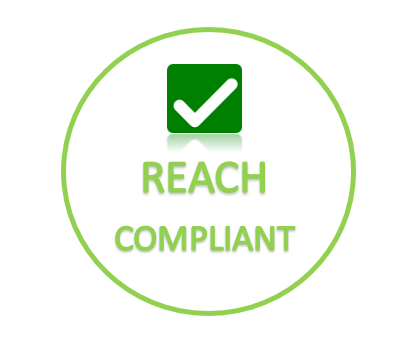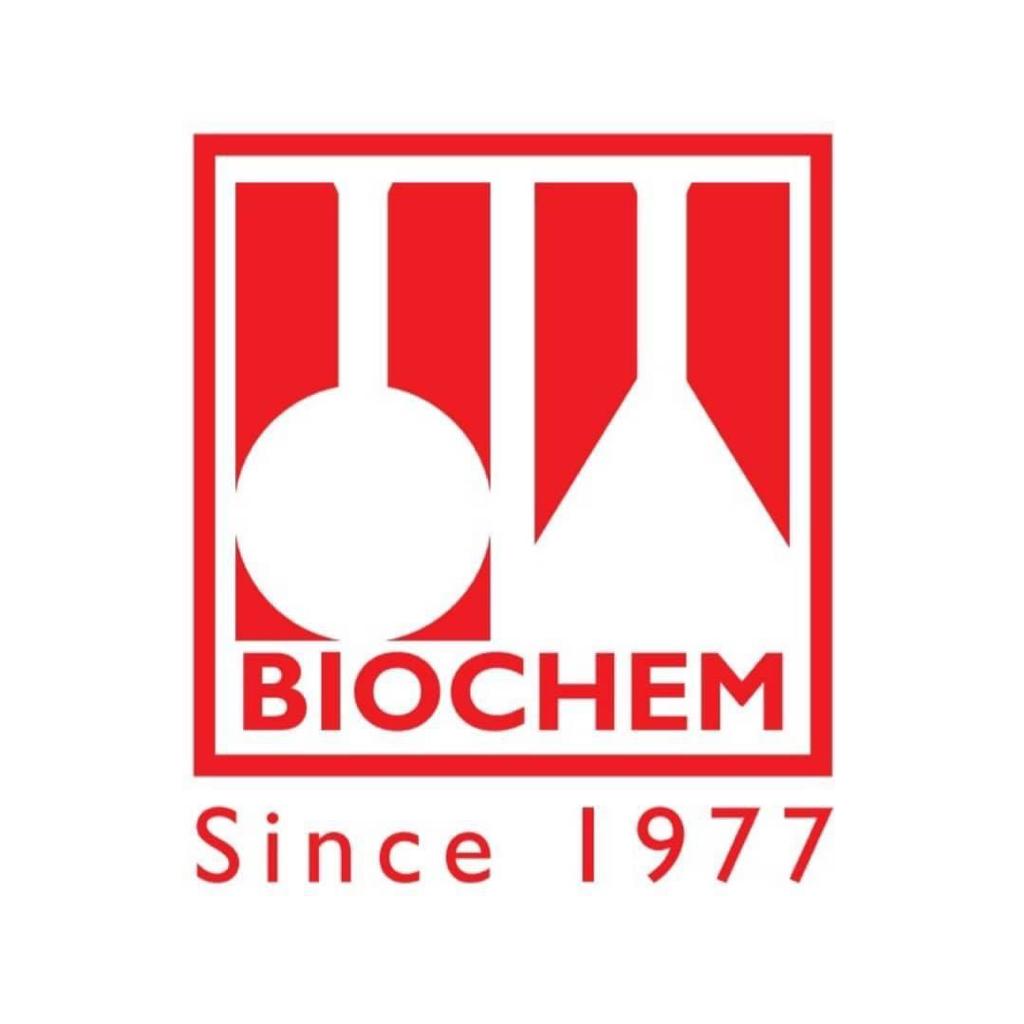
Very High Concern (SVHC)
Testing
REACH Substances of
Our Electric & Electronics ServicesREACH stands for Registration, Evaluation, Authorization, and Restriction of Chemicals. This regulation is enacted by the European Union such as (EC) Regulation No. 1907/2006, aims to protect human health and the environment from the risks associated with chemicals.
Within REACH, Substances of Very High Concern (SVHC) are substances are those particularly hazardous properties, such as being carcinogenic, mutagenic, toxic to reproduction, persistent, bio-accumulative, and toxic (PBT), or very persistent and very bioaccumulative (vPvB).

The Importance of SVHC Testing
SVHC testing involves determining whether a substance is present in a product or material and, if so, at what concentration. This testing is crucial for complying with REACH regulations, especially concerning the communication of SVHCs throughout the supply chain. Manufacturers, importers, and downstream users are obligated to identify and report the presence of SVHCs in concentrations above 0.1% by weight in articles.
The testing process typically employs analytical chemistry techniques to detect and quantify SVHCs. Methods such as chromatography, spectroscopy, and mass spectrometry are employed depending on the specific substance being tested.
SVHC Testing in BIOCHEM
At BIOCHEM, our experienced scientists combine cutting-edge analytical techniques with expert knowledge to accurately detect and quantify SVHCs, ensuring compliance with regulations like REACH and safeguarding human health and the environment.
Get In Touch
Looking to discuss your needs or get a quote from our electrical safety testing experts? Contact us today!



